Slow Travel: The Benefits of Longer-Term Programs and Immersive Experiences Abroad
Posted on
05/22/18
Author
Tim Hare, Dragons Director of Risk Management and Staff Training
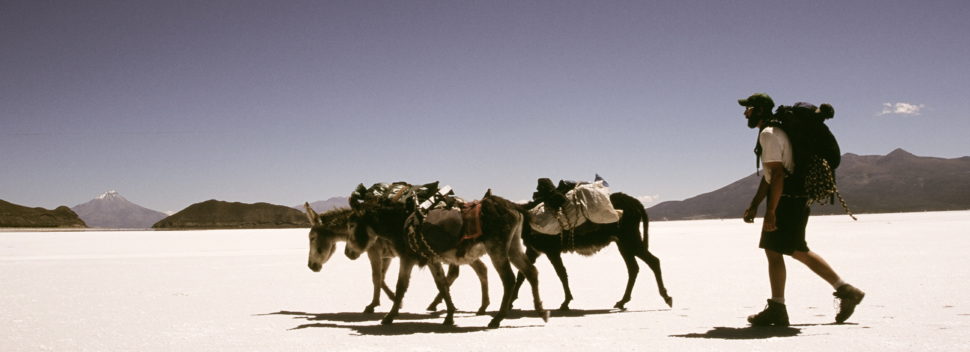
Photo by Tim Hare.
Bistate jannus. “Walk slowly,” advises the Nepali goodbye bidding.
One of my early expeditions in Bolivia involved a fairly ill-conceived plan to hike 700-kilometers across the southwestern altiplano region with three donkeys to Sajama, Bolivia’s highest peak at 22,000 feet. We thought a month should be sufficient. Along the way we passed through a village every 40 kilometers, creating a constellation of humanity in an otherwise desolate high desert. One of the most memorable interactions was asking a local farmer how far it was to Pisiga, one of the larger towns along the route. It was late morning. Looking up from his quinoa fields he squinted off to the distance, “Son 4 horas, no mas.” We raced off towards Pisiga, eager for a good meal and maybe a bed for the night. We ended up having dinner over a camp stove in the middle of a salt lake, under the southern cross constellation, rather than in Pisiga. We arrived to Pisiga the next day, at sunset, after 16-more hours of hiking! We sold our donkeys in that town and never made it to Sajama.
…how strange it is to chop our days into hours and our hours into seconds. To the majority of humans that have inhabited our planet, time is the sun rising, arching in the sky, and setting just as the stars and moon come out to trace their long path across the heavens. Time is a changing leaf, the coming rain, and the migration of birds.
What was most memorable about the exchange was just how different our perceptions of time were. I reflected on how strange it is to chop our days into hours, and our hours into seconds. To the majority of humans that have inhabited our planet, time is the sun rising, arching in the sky, and setting just as the stars and moon come out to trace their long path across the heavens. Time is a changing leaf, the coming rain, and the migration of birds. In such a spacious and dynamic structure of time, there is little need to ambitiously pack as much into each tick of the clock. Time is not transactional and economic; it is not “money” but, rather, it is one measure of the elegant and often unpredictable arc of existence which demands our respect rather than our control.
In order to fully appreciate time in these terms we need to get lost in it. We need a lot of time on our hands to fully lose track of it and start observing these other, ancestral measures of time.
One of my favorite bands, Elephant Revival, sings
“Well what is time?
It’s when the sun goes down
The moon comes up
The people dance all around”
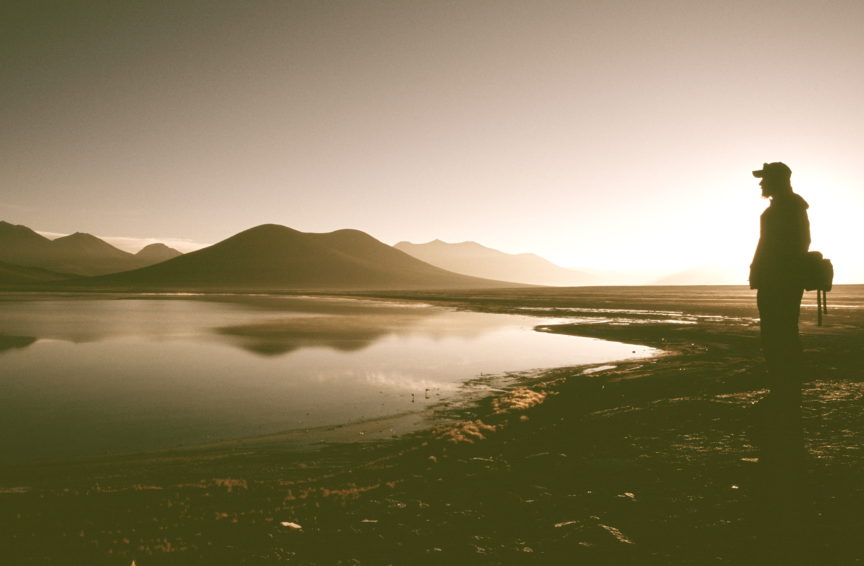
Photo by Tim Hare.
AT DRAGONS we opt to run courses that are a month or more in length. We hear from our students all the time that they wanted to do a Dragons course for years but weren’t able because they had competing summer activities and camps. Other prospective students may choose a program that takes place in two weeks but promises all the same places and highlights. So why would someone elect to do something in 4 or 6 weeks that they can “do” in 10 days? We ask participants to join us for 4 or 6 weeks, or even 85 days not so they can do more things in that time, but, often, so they can do less.
We ask participants to join us for 4 or 6 weeks, or even 85 days not so they can do more things in that time, but, often, so they can do less.
At Dragons we try hard to travel less, do less, have more space, be bored at times, and take the time to know a place well. We encourage others to do the same. We know that deep learning and connection comes not from quantity but from quality – and quality takes more time.
ON DEPTH
Learning, these days, seems to be chopped up into increasingly small bites in order to meet our diminutive attention spans. According to one study, attention span in students currently runs around 10 minutes. Education and travel compete with other fast-paced aspects of our lives. What is gained in breadth of learning is often at the cost of depth. Broad, “landscape-level” learning is useful. On course, however, we want to combine this broad learning with deep dives into the weeds in order to look at intricate connections and more profound meaning. Travel is so intimate it demands depth. Depth takes time.
ON BOREDOM
While Dragons courses are far from boring, we do hope that students have the time on our courses to be bored. We hope they can space out on a long bus ride, wander around local parks or temples, wake on a Saturday morning with no plans other than to accompany their host family to the river to wash clothes. We expect that students may be bored while washing the clothes. Boredom is a forgotten art. We actually may need to schedule it in.
While Dragons courses are far from boring, we do hope that students have the time on our courses to be bored.
Some amazing research is being done on the value of boredom, as outlined in Manoush Zomorodi’s Bored and Brilliant, and its role in opening the mind to contemplation and creativity. When was the last time you were bored? Social media rarely lets us be bored. And the 24 hour news cycle works tirelessly to keep our attention. Boredom helps us to to explore our own minds and our own creativity.
ON BEING FRUSTRATED
We repeatedly see that a group experiences a life cycle where students begin with politeness and interest in each other and the place. Students generally engage each other with curiosity and respect and are open to learning. But we all begin any experience with a level of naivety. It’s like a new relationship, and we often call this the “honeymoon phase,” or forming. Things will almost invariably turn south. And they should, or at least they must if they are to be authentic and honest. So, both in the group and with a student’s experience of place, the group begins to storm. Individuals might start to dislike the local food, or each other, or the smells; they begin to grow tired and frustrated in general. But they will grow beyond that. Students will see each other and the place not with the rose-colored glasses they started with, but, rather, as the multi-faceted interactions they are. Most meaningful interactions are pleasant and unpleasant, fun and also challenging. Students begin to norm when they don’t just see the idyllic version of the place or their peers, but rather their wholeness; they are learning to relate to them in this complexity. Finally, if all goes well, students may arrive at a performing stage, where they are in step with each other and the place. They know how to navigate with confidence. They speak the language. They work through conflict with skill and grace.
We want our students to get frustrated with each other and with the places they are traveling through. Ultimately we work to help them to transcend that frustration.
This dynamic process moves in fits and starts, and is more cyclical than linear, but it generally moves forward and is essential to meaningful learning. As courses get shorter, however, it is far easier to simply avoid conflict and remain in the honeymoon phase – in a fun but rather inauthentic space, both with one’s peers as well as a place. At Dragons, we want our students to get frustrated with each other and with the places they are traveling through. Ultimately we work to help them to transcend that frustration. This deep learning is inaccessible if one chooses to hop from one place to another, one experience to another, one country to another, never having the time or space to be frustrated.
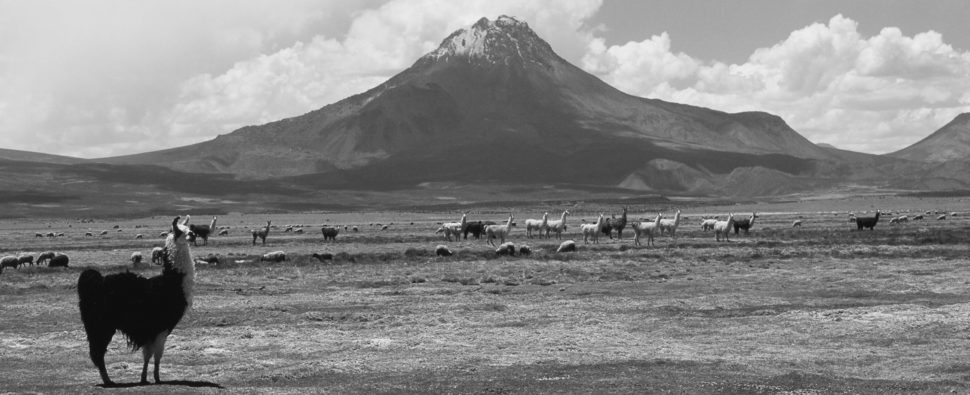
Photo by Tim Hare.
ENVIRONMENTAL AND CULTURAL IMPACT
It would be tragically ironic if our desire to see the Amazon rainforest, to live with communities on the fringe of intensifying desertification or seasonal floods, or our passion to walk in the icy glaciers of the high Himalayas actually hastened their demise. It is. A flight from Denver to Kathmandu creates 4.9 metric tonnes of CO2. That’s more than double the required per person yearly average which will slow or reverse climate change. Do we typically then take a two year break from air travel after taking one of these intercontinental flights? Probably not. If we’re going to take such long flights, we should do so less frequently, and we should aim to make the experience as meaningful as possible by slowing down and truly immersing ourselves.
In addition to the huge environmental impact, travel has massive cultural impact. By staying longer and going for depth over breadth, intercultural exchanges become human-to-human affairs rather than a kind of objectifying experience that tourism all too often becomes. Familiarity breeds care and concern; thus, the more familiar we become with a place or a culture, the more care and concern we are likely to foster.
By staying longer and going for depth over breadth, intercultural exchanges become human-to-human affairs rather than a kind of objectifying experience that tourism all too often becomes.
Wade Davis describes the ethnosphere as, “the sum total of all thoughts and dreams, myths, intuitions and inspirations brought into being by the human imagination since the dawn of consciousness.” At least half of the world’s roughly 7000 languages spoken today are likely to disappear this century, according to the National Geographic July 2012 article. One language dies every 14 days. According to Davis, the loss is the canary in the coal mine, in that, as the languages die, so do stories and ways of living on the earth. There are a lot of forces at play here, but tourism and travel can add to this decline. By spending the time to learn languages and affirm beliefs and world views we can push ever so mildly against this trend of homogenization. But by sweeping through a place in a short amount of time, never learning the language or truly immersing in the culture, we perpetuate the global power dynamic that is creating this loss.
Perhaps the best way to understand this is with a quote from an alumni of our longest course – the 9-month Princeton Bridge Year program:
“Travel, for me, used to be a time to get away and experience something different from my daily routine. However, being in Bolivia for such an extensive period of time has required me to not think of this experience not as “getting away,” but setting a new normal. The amount of time I have spent here has pushed me to not use home as an escape. When I face something hard, I cannot just resort to the fact that I will go home where things will be better. When I don’t understand what my host family is saying I am propelled into studying Spanish in more depth. When my service work was not productive I was pushed to ask more questions, take on more projects, and dive into the community further, instead of just accepting the way it was. It is an incredible learning experience that I must face these challenges head on and figure out how to resolve them or live with them.” – Sarah Brown, Princeton Bridge Year Bolivia Program
In other words, Bistate jannus. “Walk slowly,” advises the Nepali goodbye bidding.
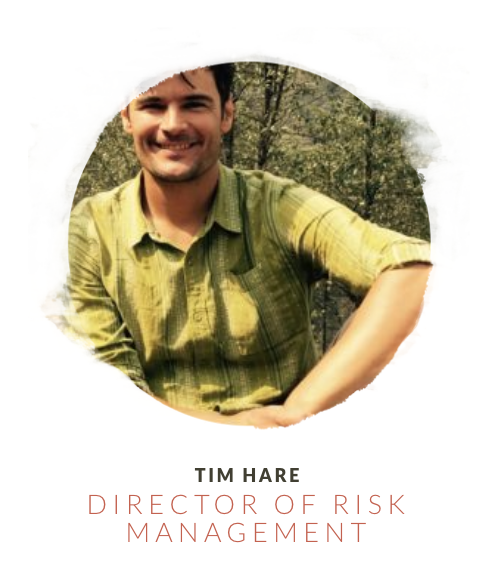
Tim Hare is Dragons Director of Risk Management and Staff Training. He calls the mountains of Colorado home, while having made a life for himself climbing, exploring, teaching, and learning throughout the mountains of the Americas. With Dragons, Tim has instructed or supported courses in Guatemala, Nicaragua, Bolivia, Nepal and SE Asia. He lives in Boulder with his partner and two children. Read his full bio.

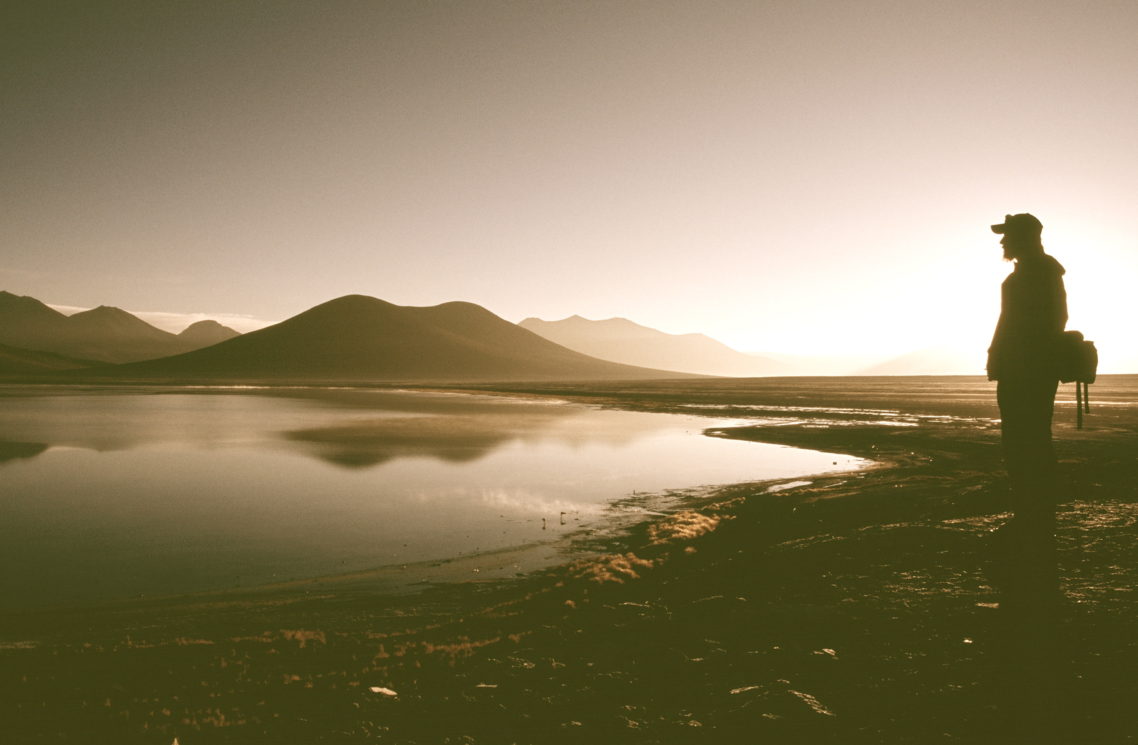
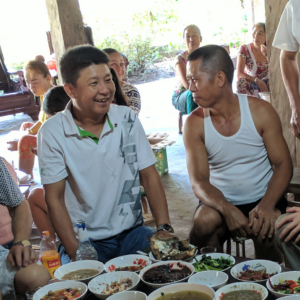
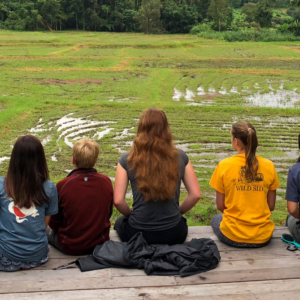
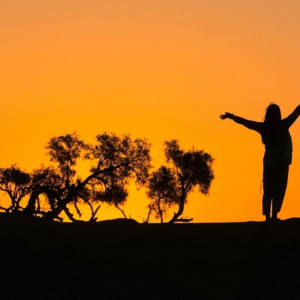
Leave a Comment